Literature Review: Healthcare Professionals' Attitudes to BPD Patients
VerifiedAdded on 2023/06/11
|12
|666
|370
Literature Review
AI Summary
This literature review examines the negative attitudes of healthcare professionals towards patients with Borderline Personality Disorder (BPD), a mental illness characterized by impulsiveness, extreme emotions, and unstable relationships. It identifies factors contributing to these negative perceptions, such as incompetence, poor training, stereotypes, and a lack of understanding of ethical codes. The review highlights the dangers of negative attitudes, including poor quality and unsafe care, client discouragement, and a strained rapport between healthcare professionals and clients. It proposes remedies such as training healthcare professionals on the nature and impact of negative attitudes, the benefits of positive attitudes, and strategies for providing appropriate care. The review emphasizes the importance of well-planned and inclusive teaching strategies, seminars, workshops, and the use of teaching aids to improve healthcare professionals' attitudes and ultimately enhance the quality of care for BPD patients. Desklib provides a platform to explore more solved assignments and past papers for students.
1 out of 12
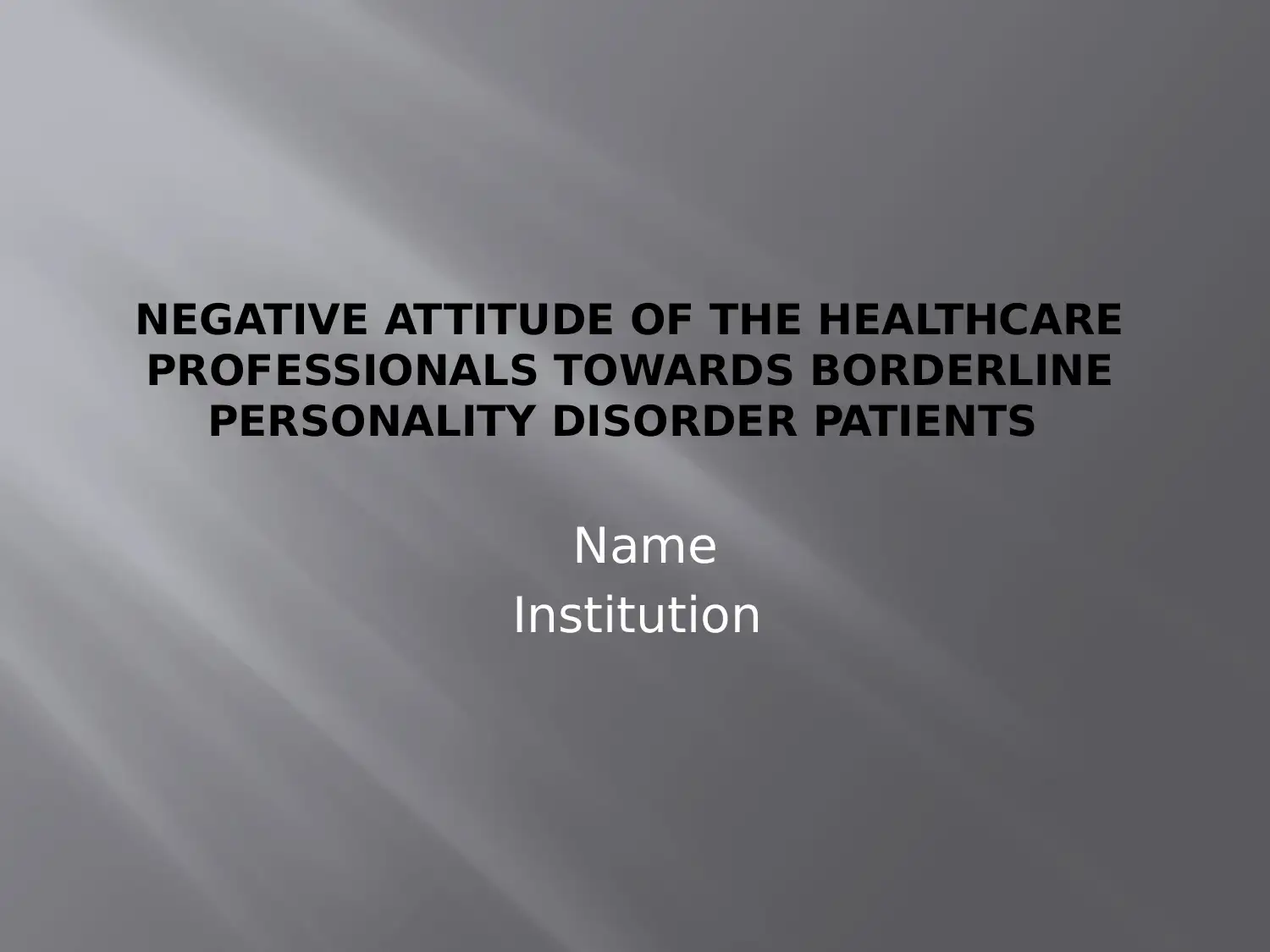
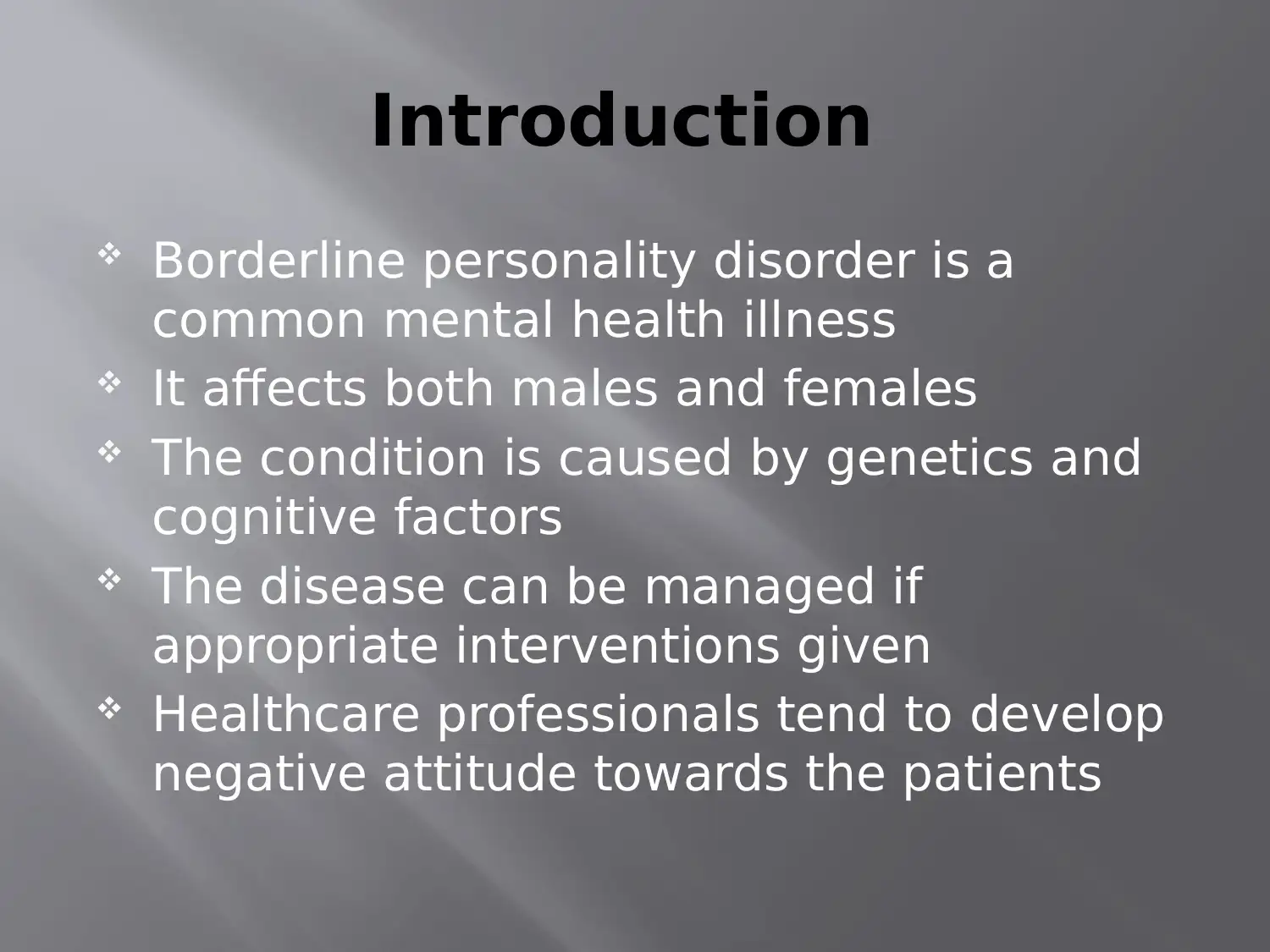
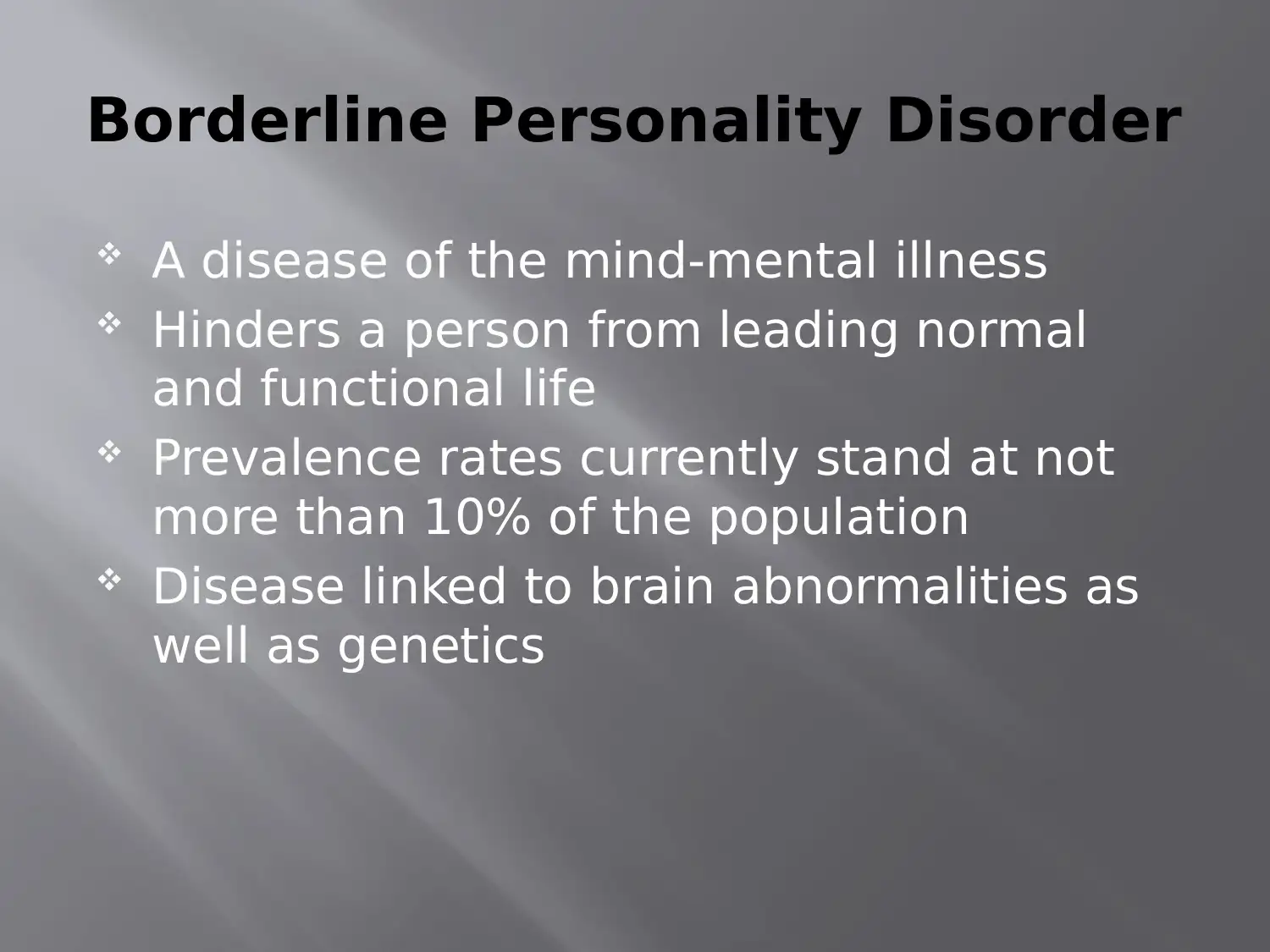

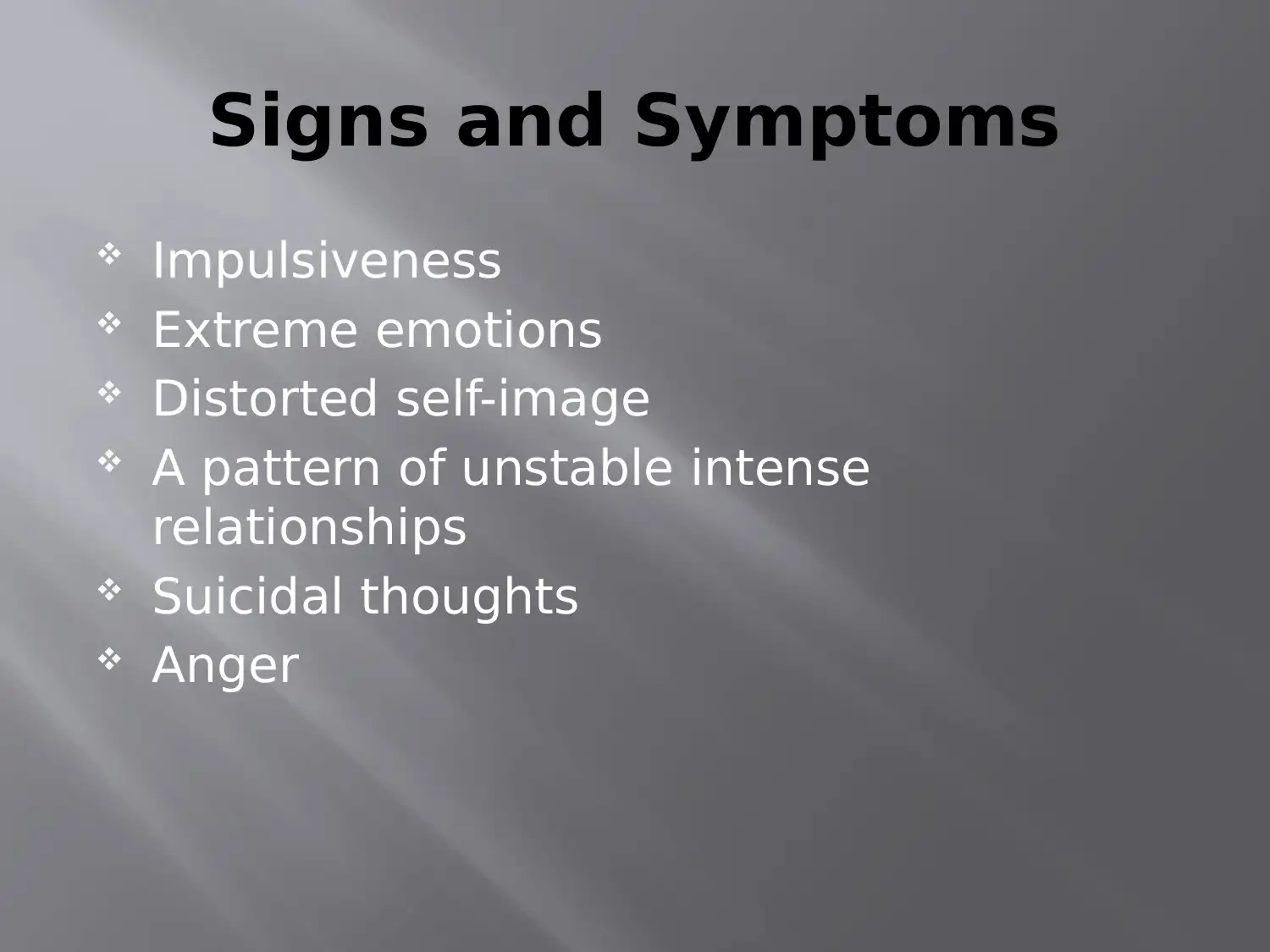
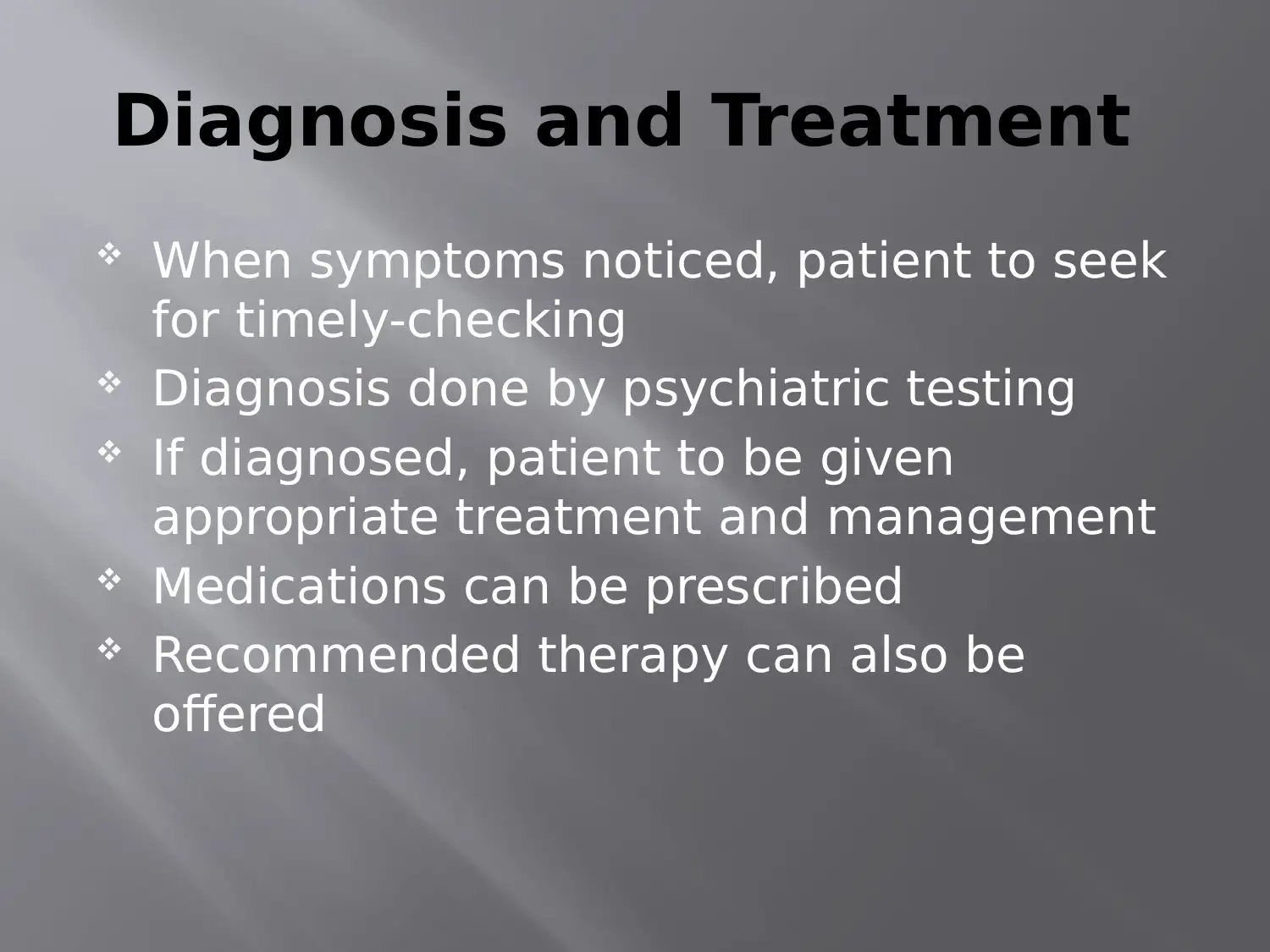
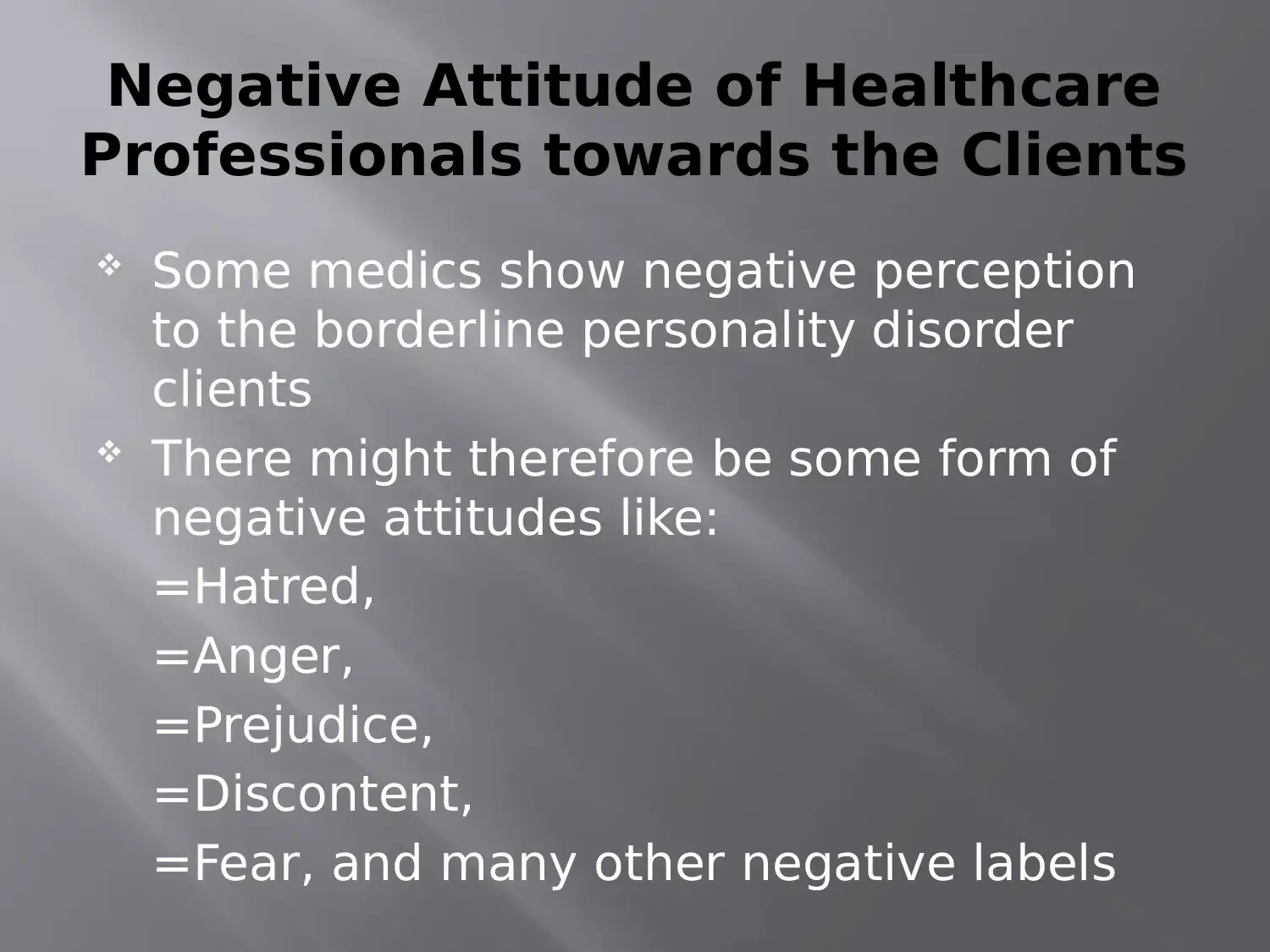
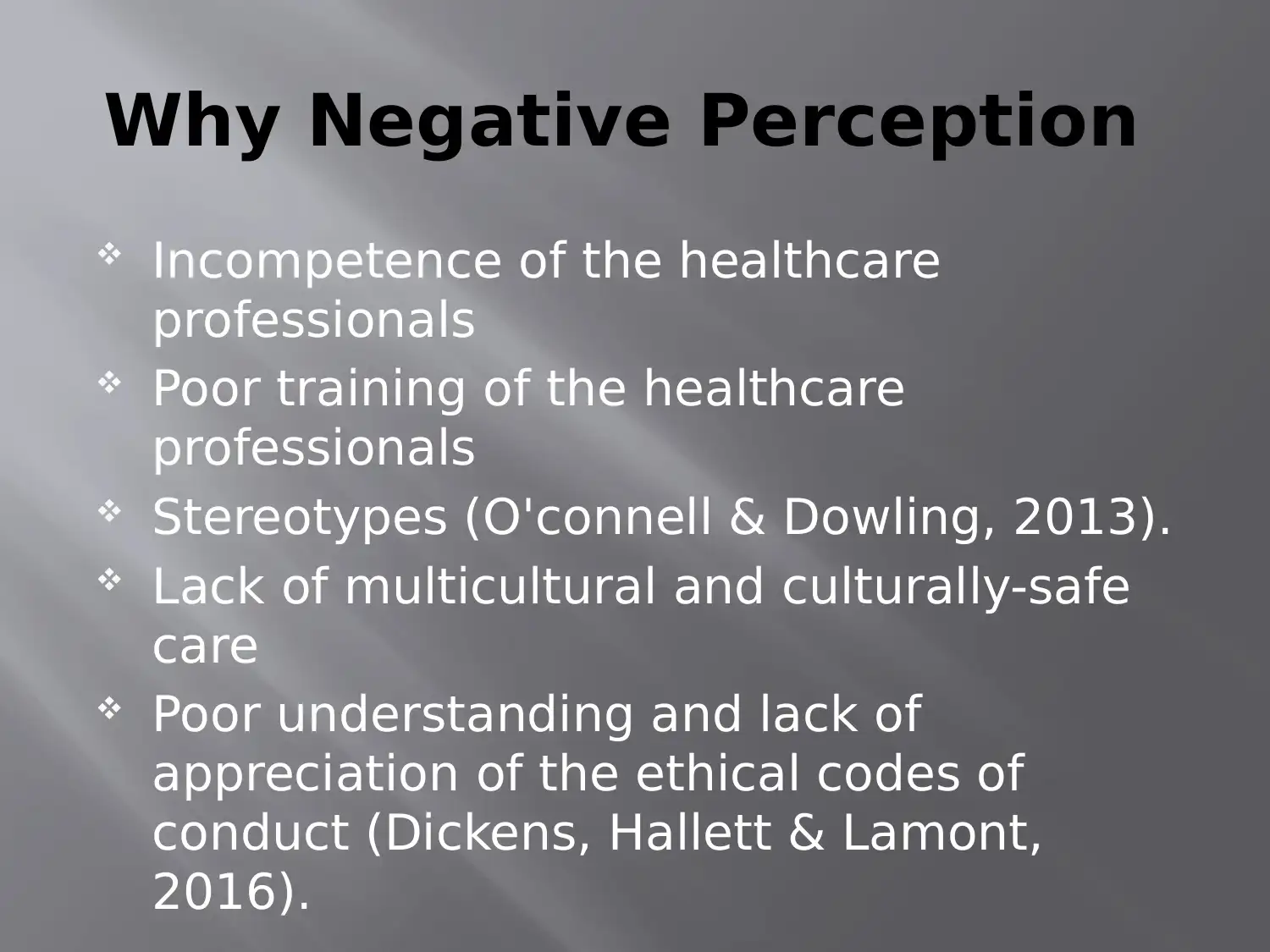
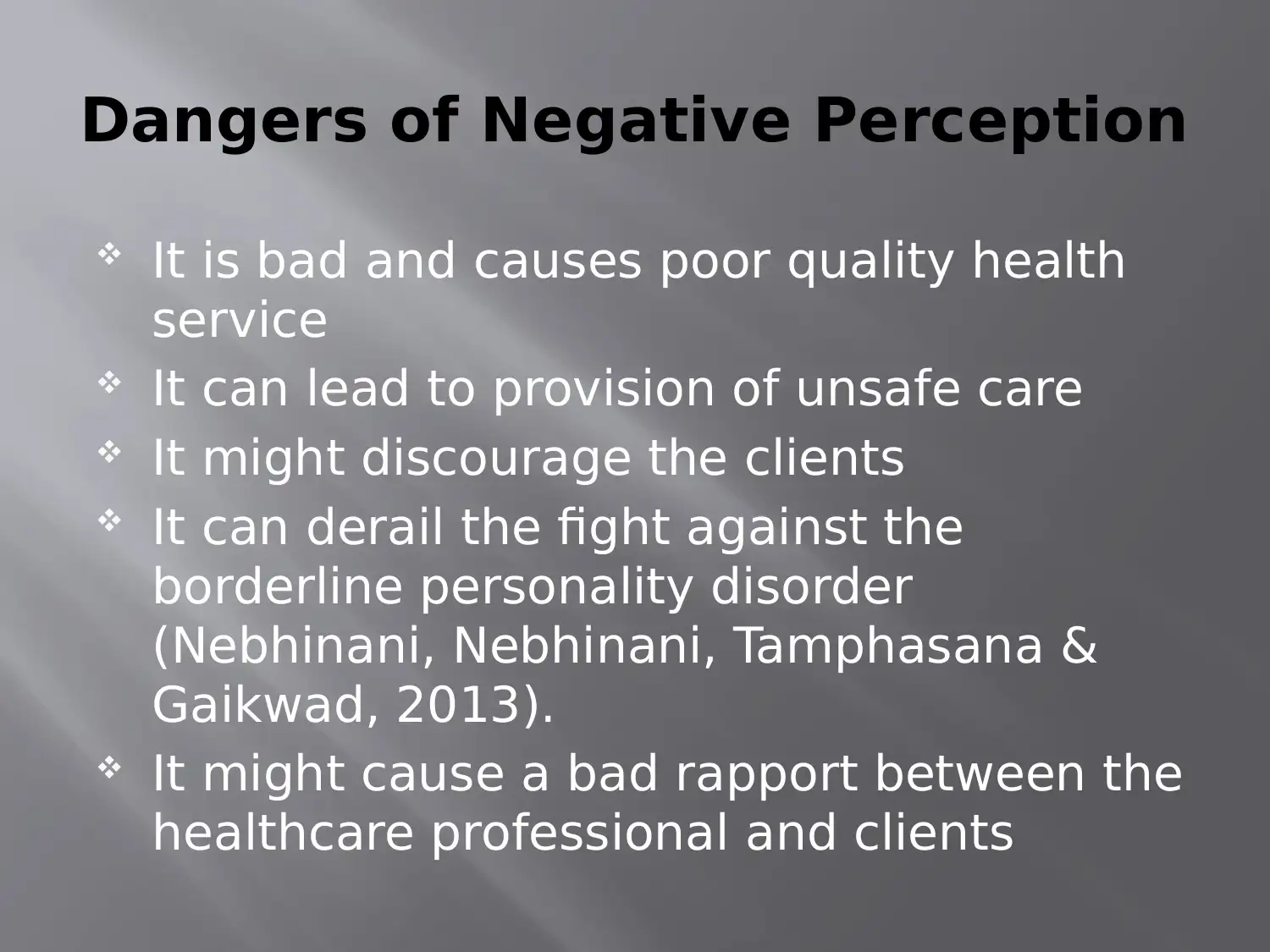
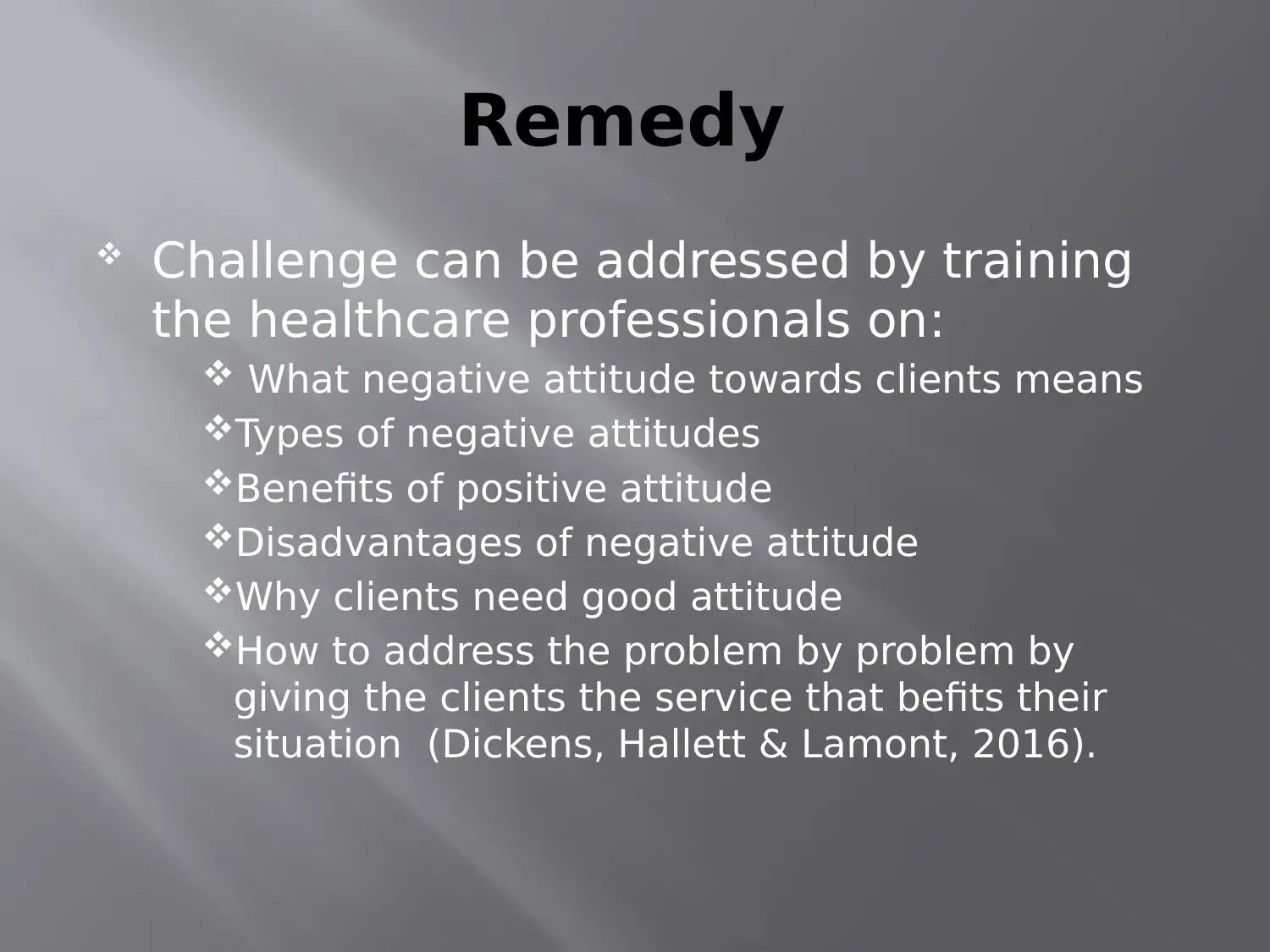
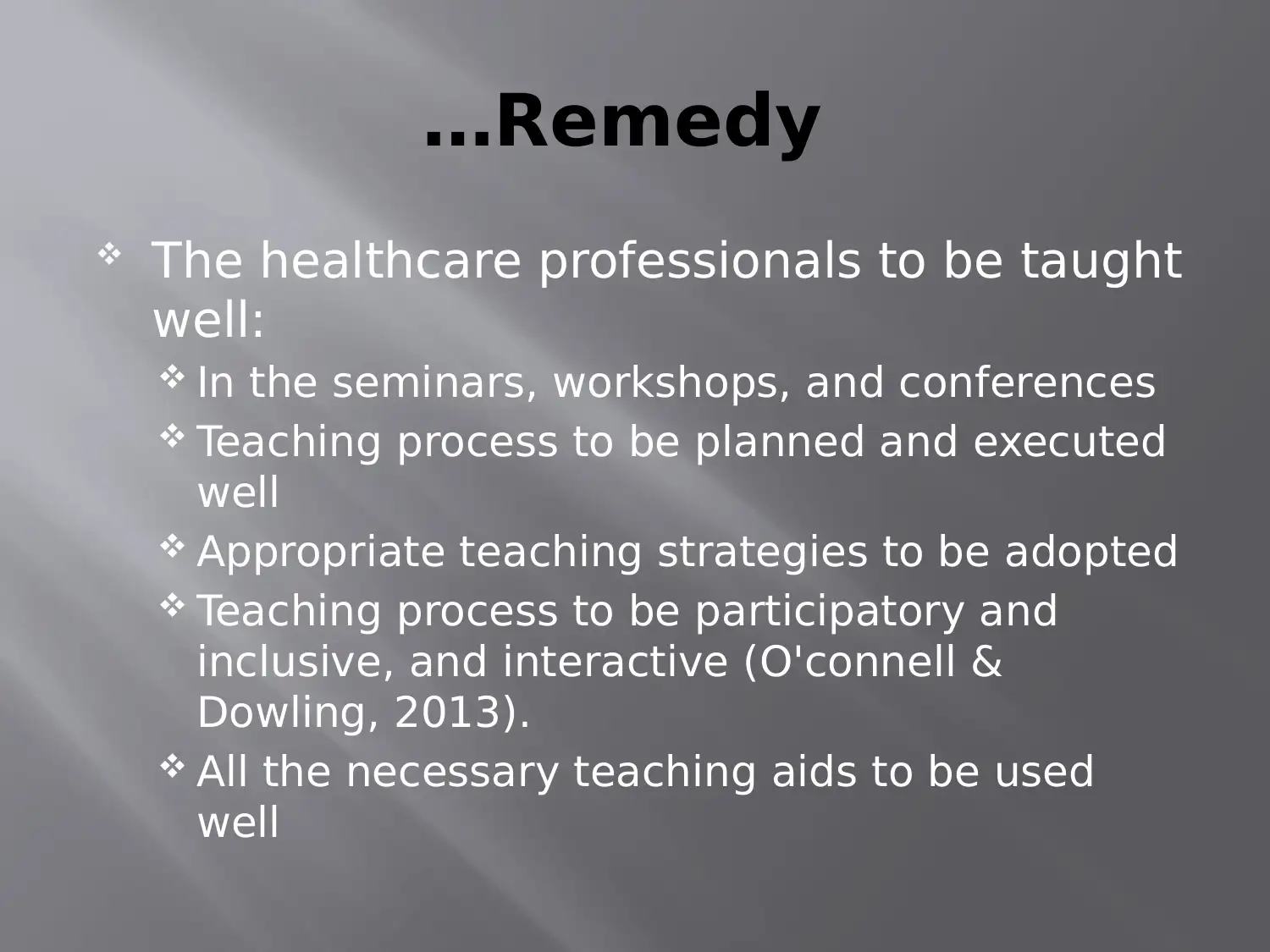
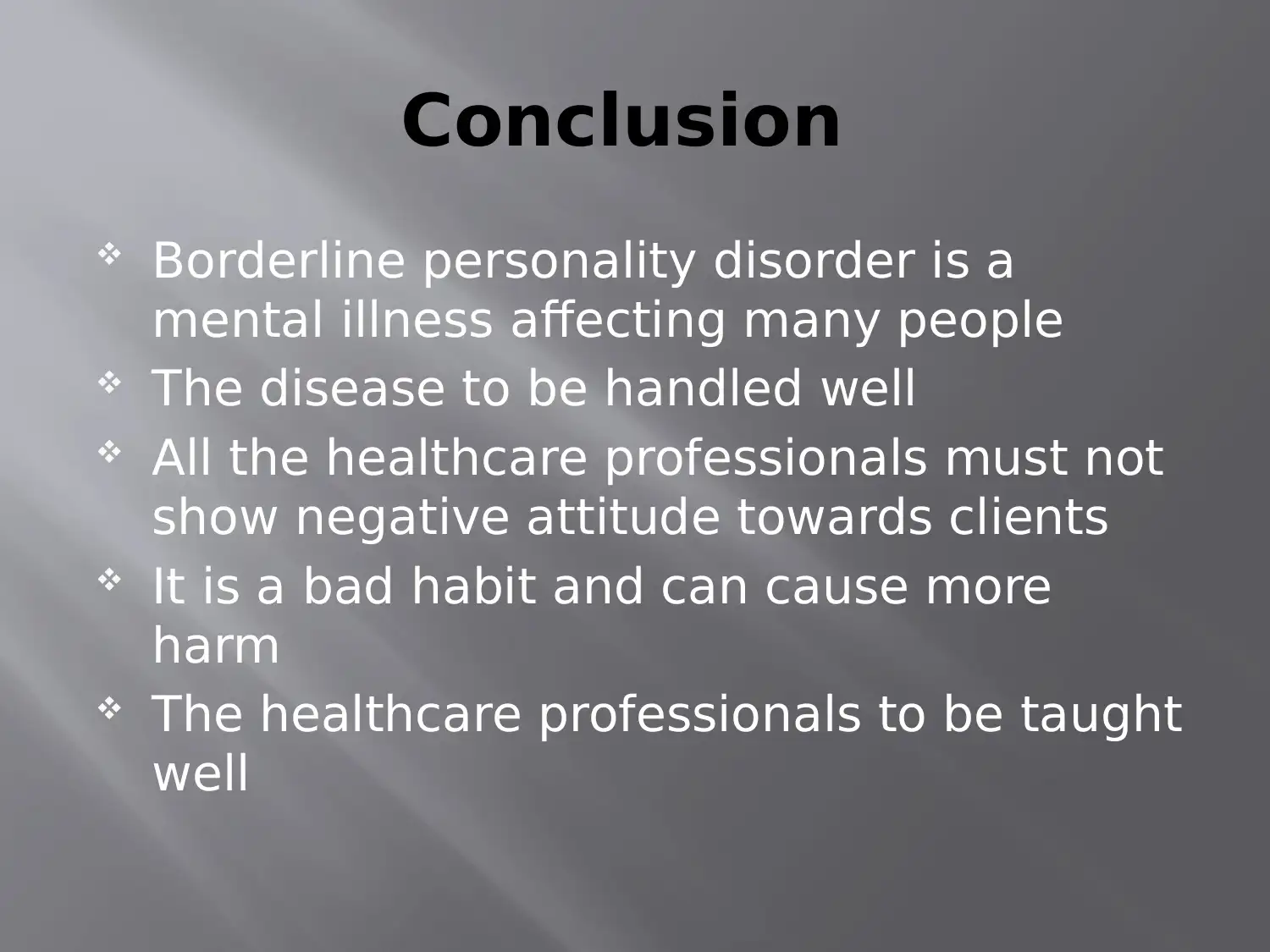
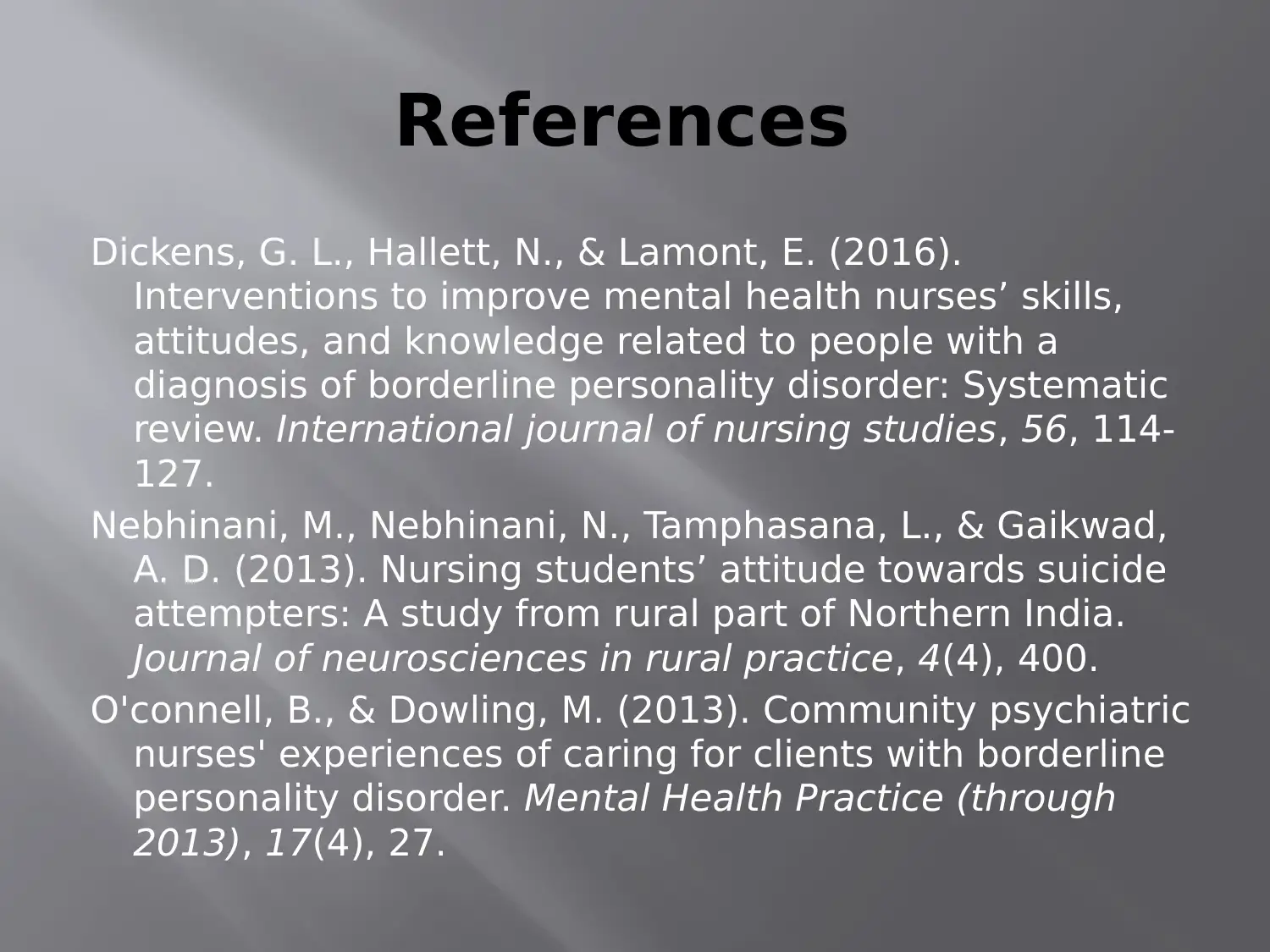






![[object Object]](/_next/static/media/star-bottom.7253800d.svg)